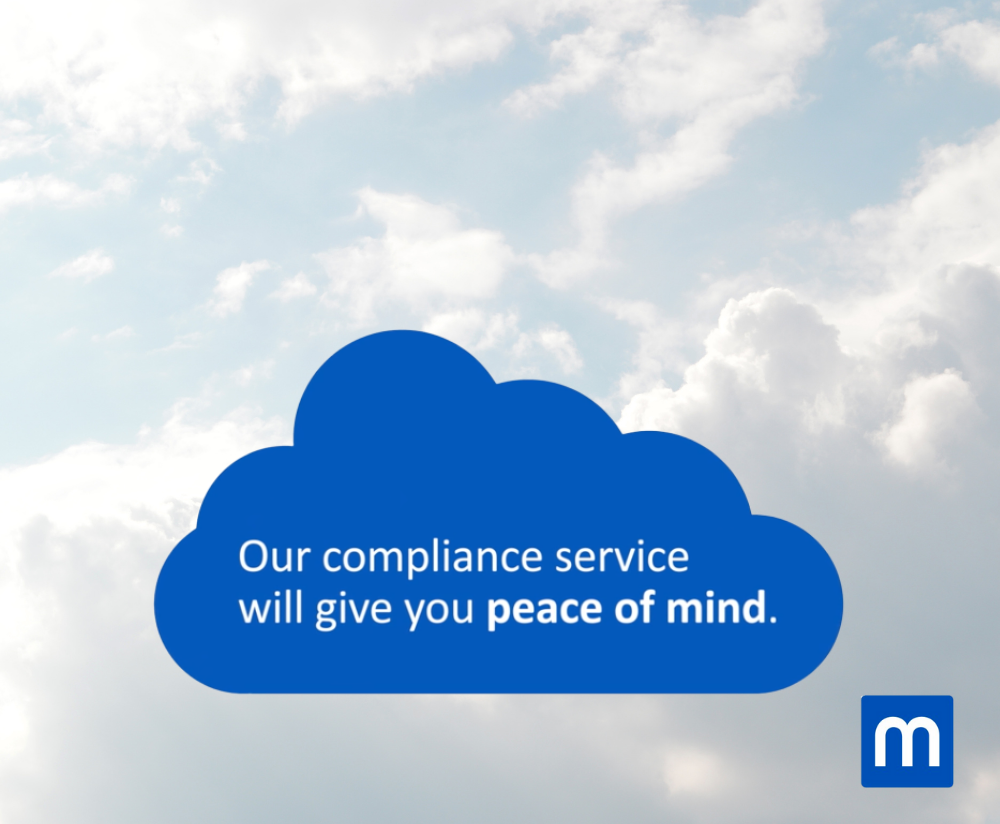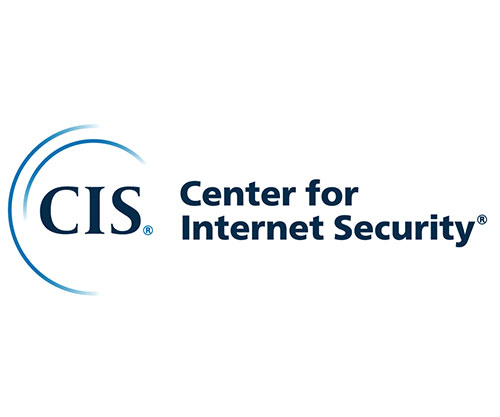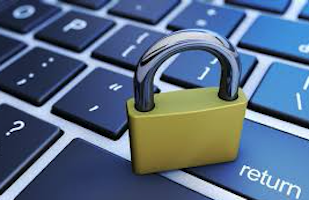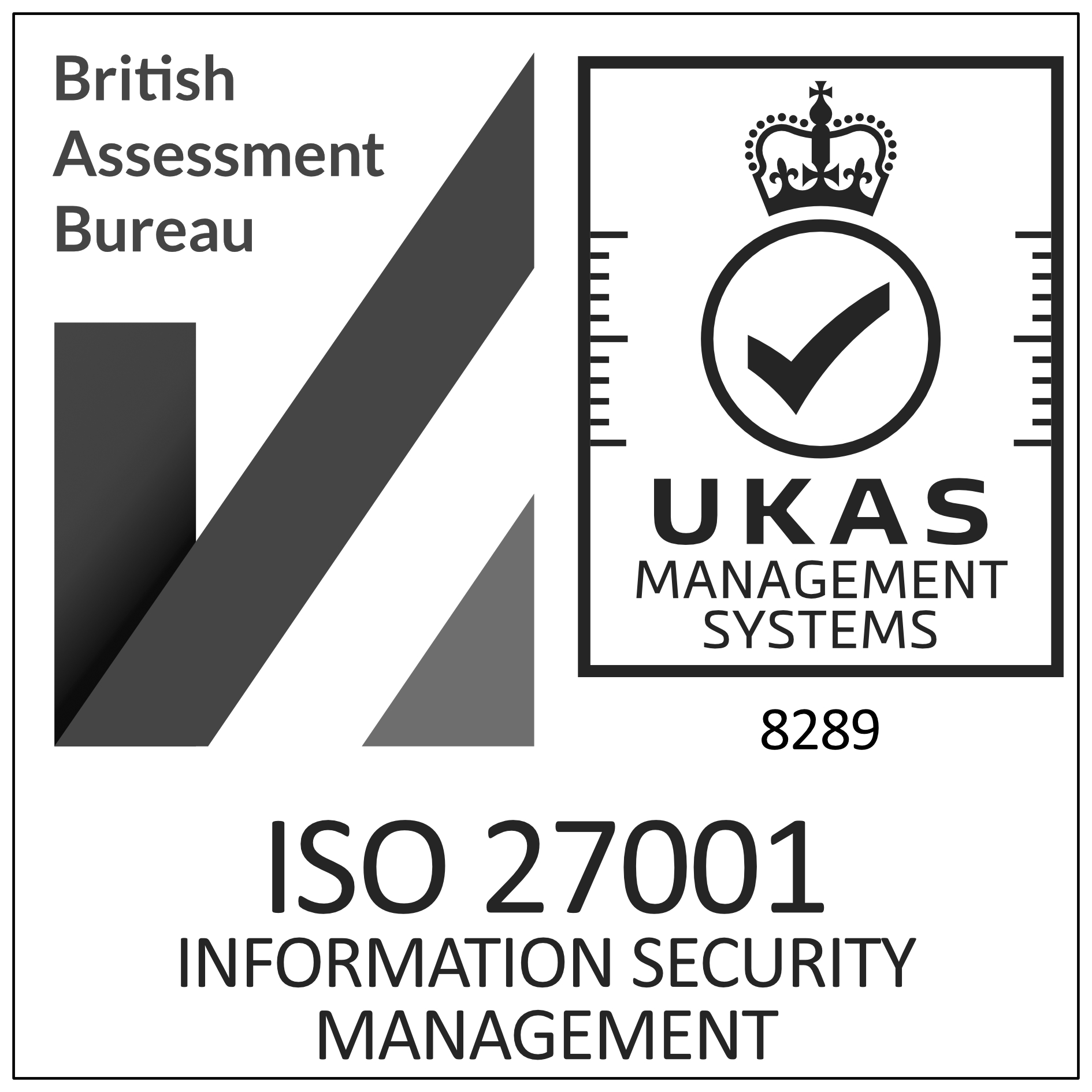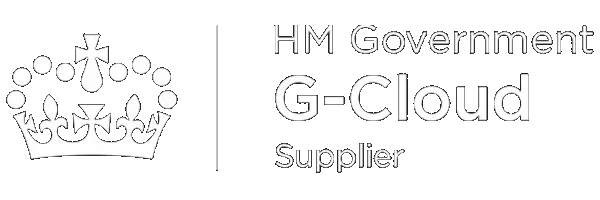Maximise Your Device Security With Apple Admin Tips
- This article provides tips for enhancing the security of your Mac devices, including using built-in security features, implementing strong passwords and two-factor authentication, and keeping software up-to-date.
- Other tips include using a mobile device management (MDM) solution, using a secure browser, controlling application installations, disabling unnecessary services, backing up data regularly, and educating users on best security practices.
- These measures can help prevent unauthorised access and protect against security breaches.
Follow our tips below:
Use Apple’s built-in security features
Apple provides a range of built-in security features that are easy to use and effective. Some examples include FileVault, which encrypts the contents of a Mac’s hard drive, and Gatekeeper, which blocks potentially malicious software from being installed. Enabling these features can significantly improve the security of your Macs.
Use a mobile device management (MDM) solution
An MDM solution allows you to manage and monitor your Macs remotely, which is especially useful for businesses with multiple devices. With an MDM solution, you can enforce security policies, monitor device usage, and remotely wipe a device if it is lost or stolen.
Encryption, parameters, compliance and more
Moving beyond basic MDM requires a good understanding of Apple mobile device security features and important management tools, settings and workflows.
Read Jamf’s new guide for detail about important security features including:
- PKI certificates – encrypted text files with identification data on users and devices to secure all communications.
- Push certificates - encrypted files generated by Apple that establish trust between a third-party service like Jamf Pro and Apple Push Notification Service (APNs).
- Conditional access – setting parameters for securing an organisation’s data in multiple locations; access requires verification of both trusted device and trusted user.
- Device compliance – enforcing policies that may not only be required by an organisation, but also by industry or government mandates, via a thorough and well-crafted device compliance management program to keep devices, users and data secure.
- Configuration profiles – MDM commands and settings available to admins to secure control; configuration profiles can enforce and enhance security in their own right by enforcing security protocols in passcodes, behaviour and more.
Keep software up-to-date
It’s important to keep all software, including the operating system and third-party applications, up-to-date with the latest security patches. Apple regularly releases updates that address security vulnerabilities, so it’s important to install these updates as soon as possible.
Use a secure browser
A secure browser can help protect against malicious websites and phishing attacks. Apple’s Safari browser includes built-in security features such as pop-up blockers and anti-phishing protection. Educating users on how to recognise and avoid potentially dangerous websites is important.
Control application installations
By controlling which applications can be installed on Macs, you can help prevent potentially malicious software from being installed. Apple’s Gatekeeper feature allows you to control which applications can be installed on a Mac, and you can also use MDM solutions to enforce application installation policies.
Educate users
Finally, it’s important to educate users on best security practices. This includes teaching them how to recognise and avoid phishing attacks, how to create strong passwords, and how to avoid potentially dangerous websites.
Need more support? Contact us today and we’ll get you cyber safe.





